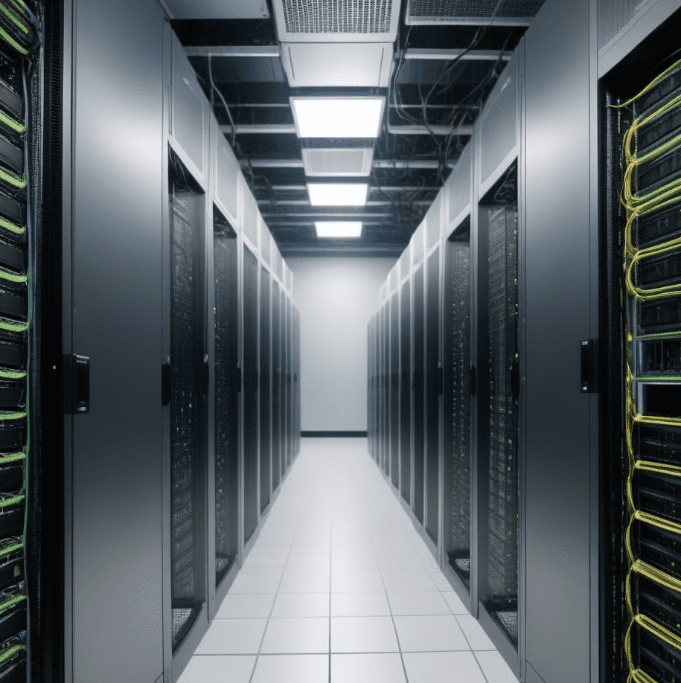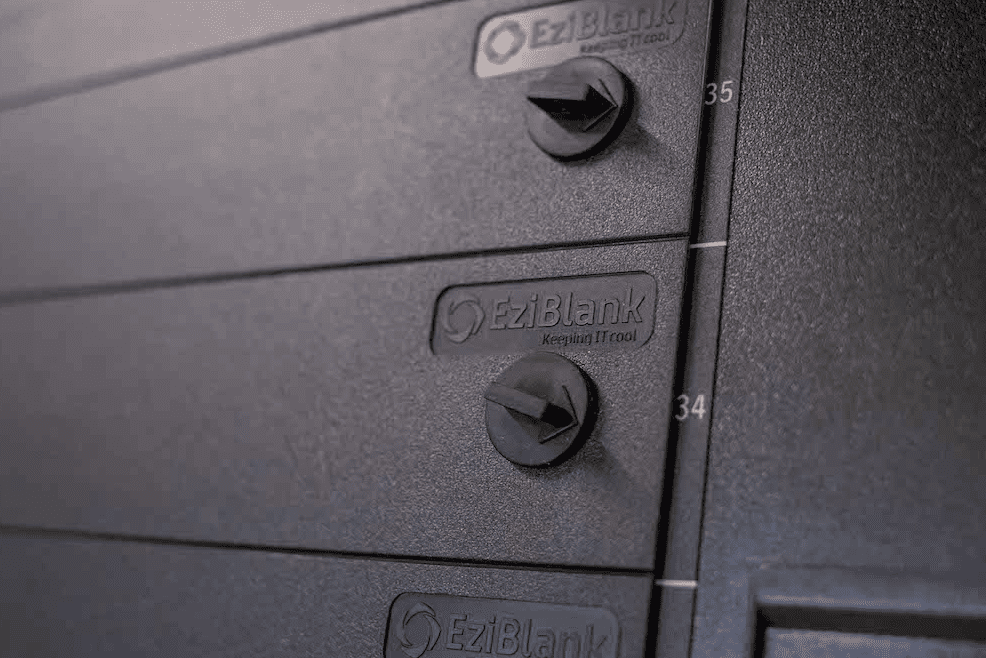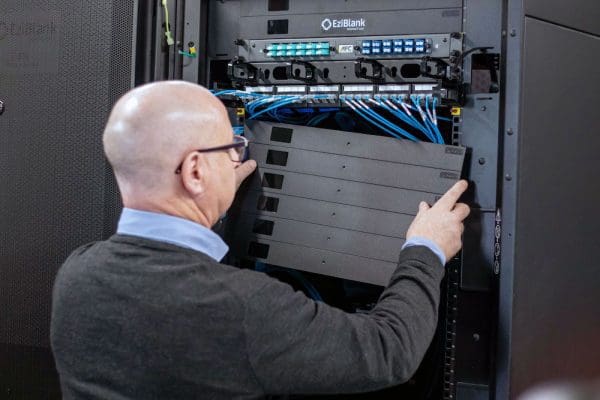Ensuring Optimal Server Room Conditions in Australia
Welcome to our latest post, where we offer essential guidance for maintaining the health and efficiency of your data centre, tailored specifically for the Australian IT community. Today, we’re diving into the critical topic of creating the optimal environmental conditions for server rooms – an area of utmost importance for IT professionals dedicated to ensuring the longevity and reliability of their equipment in Australia’s unique climate.
The Importance of Temperature and Humidity Control
The right temperature and humidity conditions in a server room are not just about meeting industry standards; they’re crucial for protecting the core of your digital operations. In Australia, the technical standards and guidelines set by Engineers Australia, alongside international benchmarks like those from the American Society of Heating, Refrigerating and Air-Conditioning Engineers (ASHRAE), provide the framework for achieving conditions that optimise server performance and durability. Let’s explore these guidelines and their significance for your server room.
Temperature: The Australian Context
In line with ASHRAE recommendations, maintaining server room temperatures between 18°C and 27°C is advised. This range is particularly relevant in Australia, where external temperatures can vary significantly between regions and seasons, from the hot summers in cities like Darwin to the cooler climates of Hobart. This variance makes it crucial to maintain an internal environment that ensures equipment is not exposed to overheating risks or unnecessary cooling expenses.
Effective cooling is essential, as servers and other data centre equipment can generate considerable heat. Without adequate cooling strategies, this heat can accumulate, reducing the performance and lifespan of your equipment. By keeping within the recommended temperature range, you can ensure efficient and reliable server operation.
Humidity: Addressing Australia’s Diverse Climates
For humidity, maintaining levels between 40-60% is suggested to minimise electrostatic discharge (ESD) risks and prevent condensation, which could lead to corrosion and equipment failure. Australia’s varied climate, from the dry interior to its humid coastal regions, makes managing humidity a challenge yet a necessity for protecting sensitive components.
Balancing humidity is critical; too much can foster mould and corrosion, while too little can heighten static electricity risks. Adhering to the recommended range ensures a safe operating environment for your equipment across Australia’s diverse climates.
Implementing Effective Control Systems in Australia
To achieve and maintain these optimal conditions, sophisticated HVAC systems designed for server rooms are essential. These systems must regulate temperature and humidity effectively while ensuring proper air distribution to avoid equipment-damaging hot spots.
Environmental monitoring systems are also vital, providing real-time data on temperature and humidity levels. This data helps identify potential issues early, with alerts configured to notify IT staff if conditions deviate from the recommended ranges, allowing for swift action to mitigate risks.
Optimising your server room’s temperature and humidity is about more than compliance; it’s a commitment to operational excellence, equipment longevity, and the success of your digital operations in Australia. At Eziblank, we recognise the challenges faced by Australian IT professionals in maintaining these conditions and offer solutions to streamline data centre management.
Remember, the environment your servers operate in is as crucial as the data they store. By following ASHRAE’s guidelines and implementing robust monitoring and control systems, you can safeguard your equipment and ensure your data centre remains a strong foundation for your business operations.
Stay tuned for more insights and tips on enhancing your data centre’s performance and efficiency. Together, we can build stronger, more reliable digital infrastructures for the future, tailored to the unique needs of Australia.



